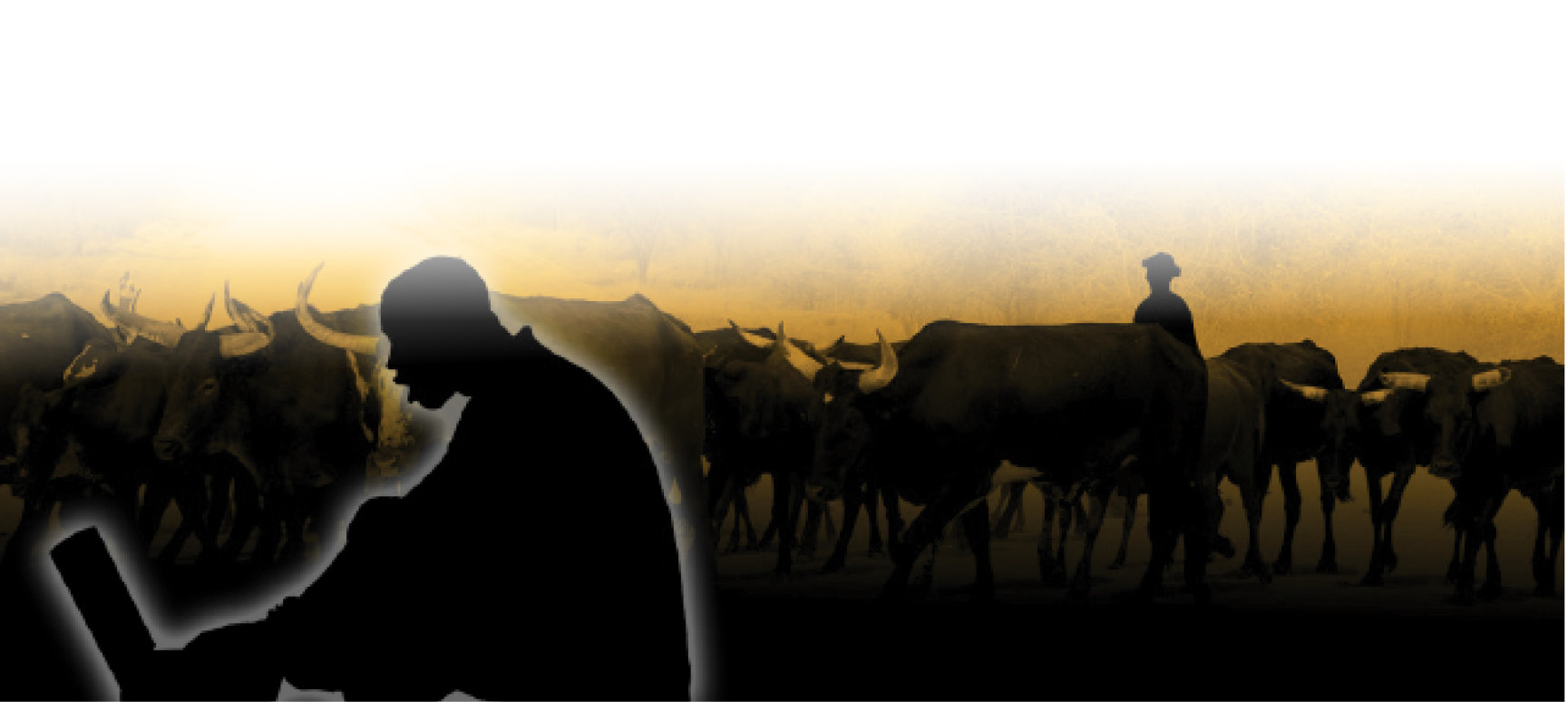By Yunusa Zakari Yaú
As part of its effort in the search for a solution to the problem of cattle rustling across most of the Northern states, the Centre for Information Technology and Development (CITAD) established the Cattle Rustling Information System (CATRIS) in 2015.
The system is to provide documentation as well as a real-time alert system to relevant officials and agencies on reports of cattle theft so that immediate steps could be taken to rescue them and apprehend the rustlers. It was formally unveiled to stakeholders, consisting of law enforcement officers, community leaders, traditional and religious leaders, civil society groups and media on April 26, 2016, in Kano.
- 7 Lessons from Algeria in fight against bandits and terrorists
- Late COAS had plans to defeat Boko Haram, other security threats – Namdaz
The impetus to the initiative was a project on using social media to promote peace that CITAD was implementing with support from MacArthur Foundation.
While the project focused on using social media for sensitization, campaign and advocacy, we realized that social media could be used for other purposes. One of the purposes that came to our mind was from the observation that there was little data about the incidences of cattle rustling in the country. Strategizing on how to do that led to the broadening of our goal, which became the use of technology to combat cattle rustling in the country.
Every technology solution is a proposition unless tested. In testing the use of digital technology to combat cattle rustling, we decided that an interactive and modular approach was important to allow for debugging, learning and adaptation.
Digital mapping of forests
Therefore, the first step for us was to digitally map the forests so that we could have a better understanding of the terrain. We held a data mapping party with Google Developers students from Bayero University and got a digital map of the Kamuku forest as a pilot, with the intention to follow up for the other forests.
This provided us with the material upon which the next stage was built. That is the electronic map using Ushashidi that was both online and interactive. We then deployed an app which allowed people to send information via USSD code. The idea of using USSD code is that at the time not many people had android phones.
With this, anyone having an ordinary cellphone could report incidences of cattle rustling to the platform. The information immediately gets to the database and is then made available to partner law enforcement officers and community leaders for escalation. The distribution of reports and incidences was shown on the dashboard. Because the data is geo-referenced, and users have access to the online map of the forests as well as the dashboard, they immediately know where a report was coming from and have an idea of the likely routes the rustlers could take and therefore plan and deploy action to apprehend them.
Community involvement
Critical at this stage is the partnership of both law enforcement agencies and the communities. The law enforcement agencies could provide support to confront the rustlers. On the other hand, the community leaders were to help in mobilising members of their communities who are needed in fighting things like this.
To raise awareness and create a situation of buy-in, we conducted a series of training for community leaders, youth activists and herders in Zamfara, Kano, Kaduna and Bauchi states, taking the participants through on how to use the system and seeking for their input to improve it. Their awareness of the system and how to use it is critical. During the training, we came upon the next iterative issue to work on to make the system work. This was that most herders are not literate and therefore cannot write the short messages to tell that their cattle had been rustled.
To address this problem, we debated and came to the conclusion that we could develop a symbol system of communication so that rather than type text, people could select from a library of symbols. The other option was to use voice. Voice was convenient from the perspective of the user (the reporter) but was problematic for us at the backend for two reasons. The first was linguistic variety among users and then there was the problem of quality of voice signal, whose fidelity was critical in decoding the message. In the end, we never got to resolve this issue.
The last stage was to have SIM cards inserted in the cattle. Once the cattle have SIM implant, they can easily be tracked as they are being moved around by the rustlers. The challenge we faced with this was that we need a service provider to buy in and support experimentation and also get the regulator, the Nigeria Communication Commission (NCC) to approve for us to carry out the experiment under the proof of concept.
Yunusa Zakari Yaú is the Executive Director of the Centre for Infomation Technology and Development (CITAD)

 Join Daily Trust WhatsApp Community For Quick Access To News and Happenings Around You.
Join Daily Trust WhatsApp Community For Quick Access To News and Happenings Around You.


